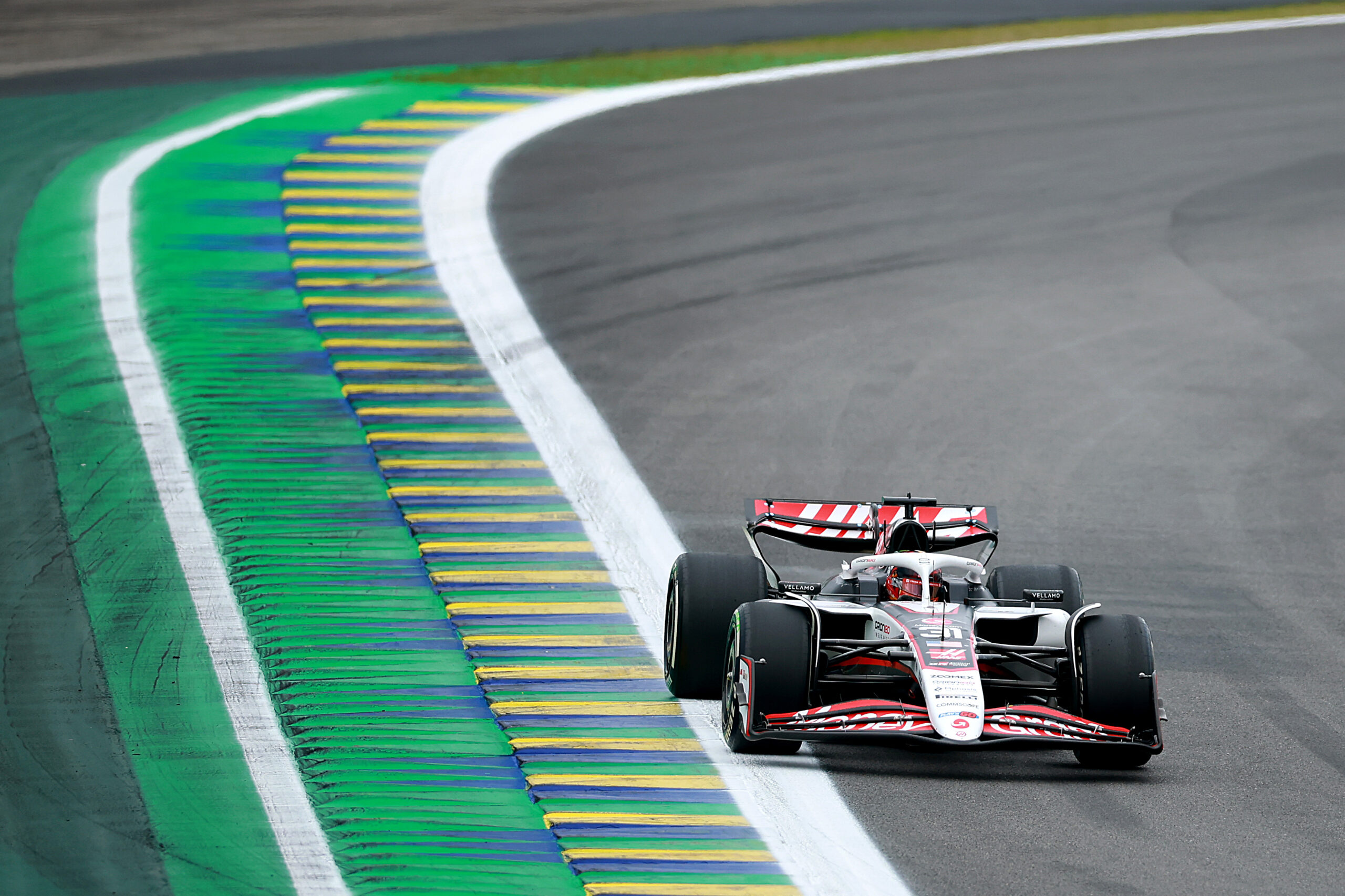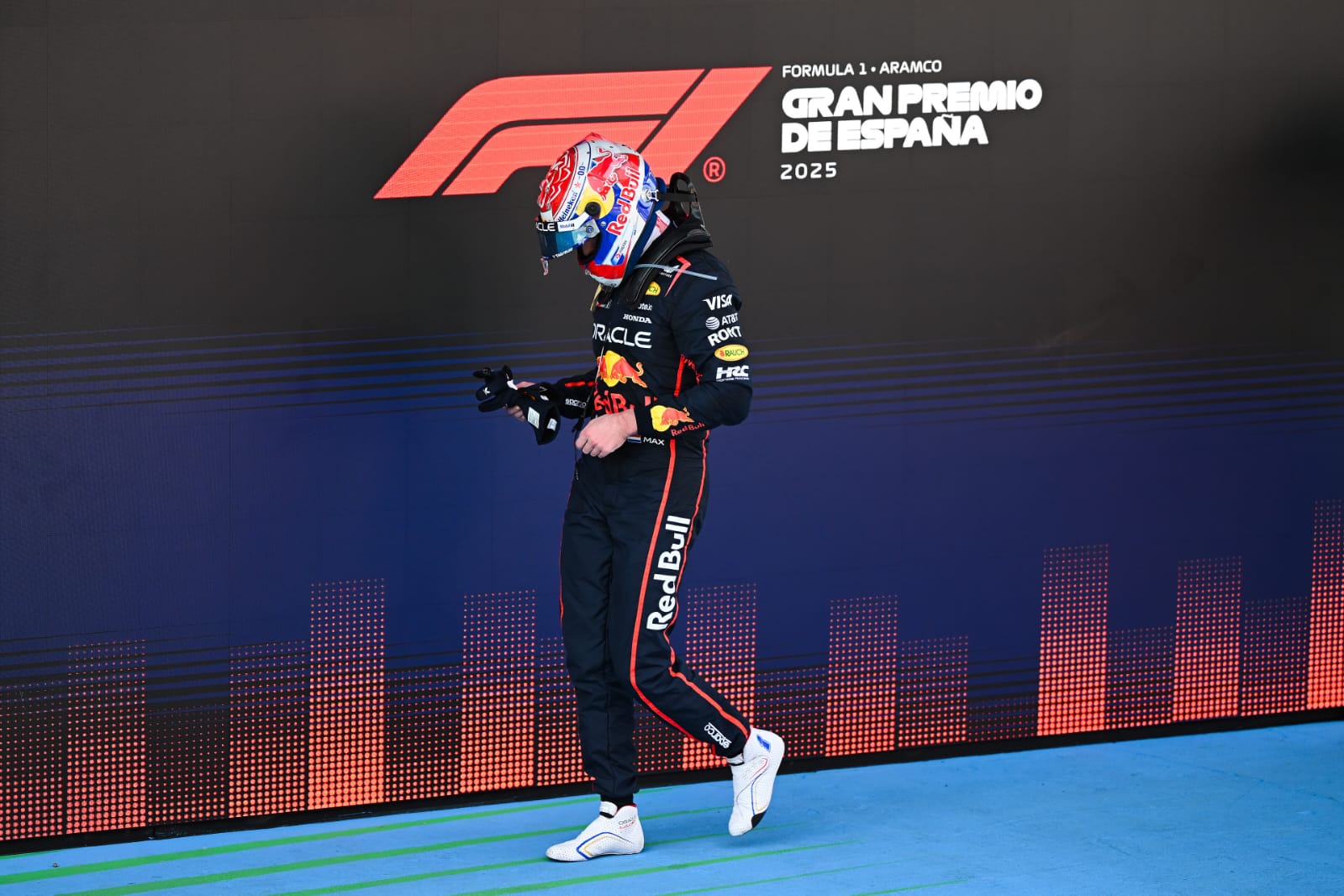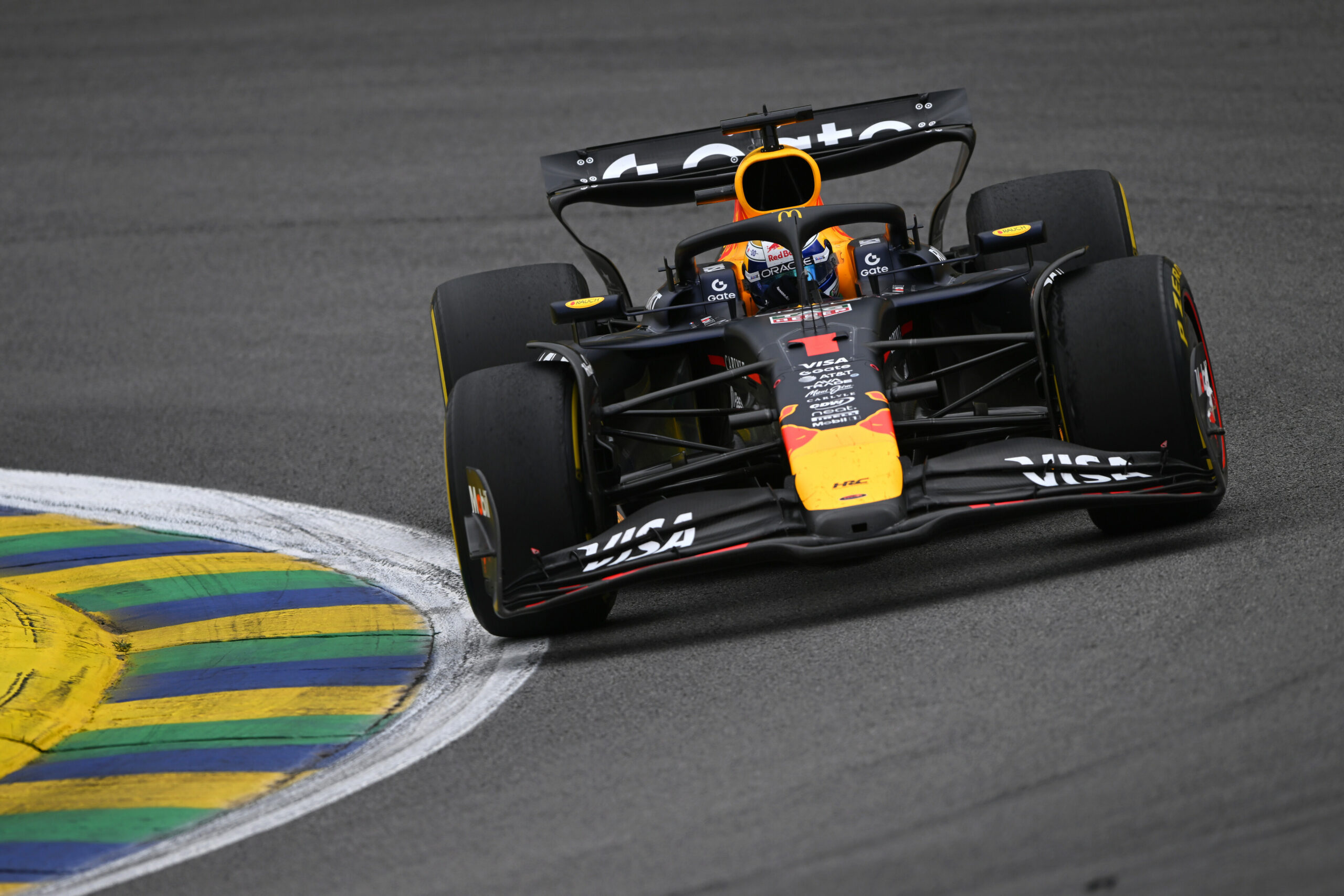New rules will be introduced in the 2026 F1 season that will require teams to cover most of their car in paint or stickers to avoid exposed carbon fibre.
Drivers will be allowed to change their numbers mid-career, while a number of potential refinements to the 2026 regulations were also discussed including a proposal of two mandatory pit stops during Grands Prix.
FIA Single-Seater Director Nikolas Tombazis and F1 President and CEO Stefano Domenicali chaired the meeting at the governing body’s offices in London.
Under the new rules, from the 2026 F1 season, teams will be required to cover a minimum of 55% of the surface area of their cars (when viewed from the side and above) in painted or stickered liveries, so that they can be more easily differentiated from one another.
Teams typically leave areas of carbon fibre exposed in order to meet restrictive weight limits – something that was a particular issue during the 2022 season. The limit is due to be reduced again next year, which may prompt teams to leave more areas of their cars livery-free.
Attendees also brought up changes to the Aerodynamic Testing Restrictions (ATR) – the system developed by the FIA which allows certain teams more time for aerodynamic testing depending on their position in the championship. It was introduced back in 2021, cutting the championship leader’s time by 25% while allowing a 15% increase for the team that sits at the bottom of the standings.
According to the statement released by the FIA following the F1 Commission Meeting, changes to the ATR are “being developed to bring Formula 1 into line with contemporary processing and simulation technology while mindful of cost considerations”.
Two-stop mandate under consideration
Attendees also discussed a proposal to explore a mandatory two pit stop rule for Grands Prix next season – an idea that, despite being designed to make races more exciting, has proven to be controversial among fans, teams and executives of the sport.
A minimum two-stop mandate is currently only in place for the Monaco Grand Prix, after having been introduced this year.
Other topics mentioned were adjustments to tyre specifications, tyre-life limits and the use of three compounds during the race, with discussions based around feedback from F1 teams and tyre supplier Pirelli.
Finally, proposals to redesign the Driving Cooling System (DCS) were also discussed, but further talks will seek more driver feedback through the Grand Prix Drivers’ Association (GPDA).
No changes to these regulations were agreed during the meeting, but talks will continue into 2026.





